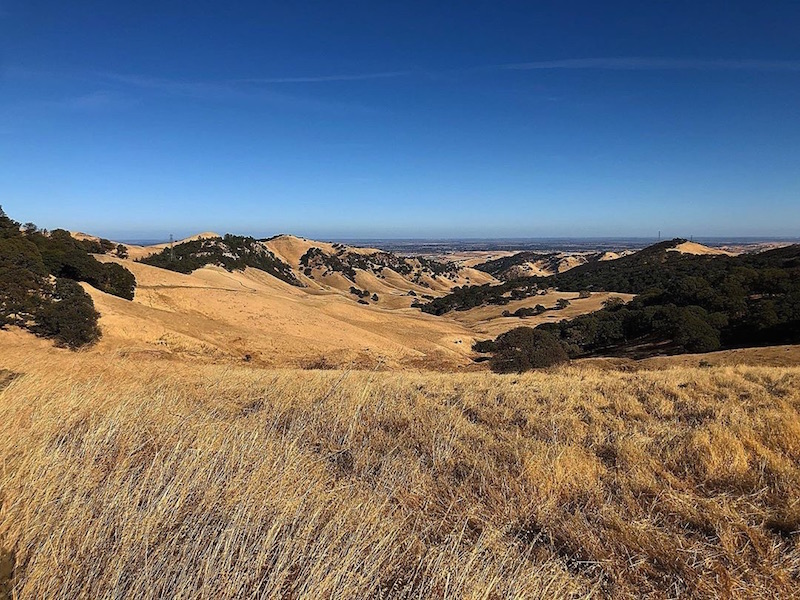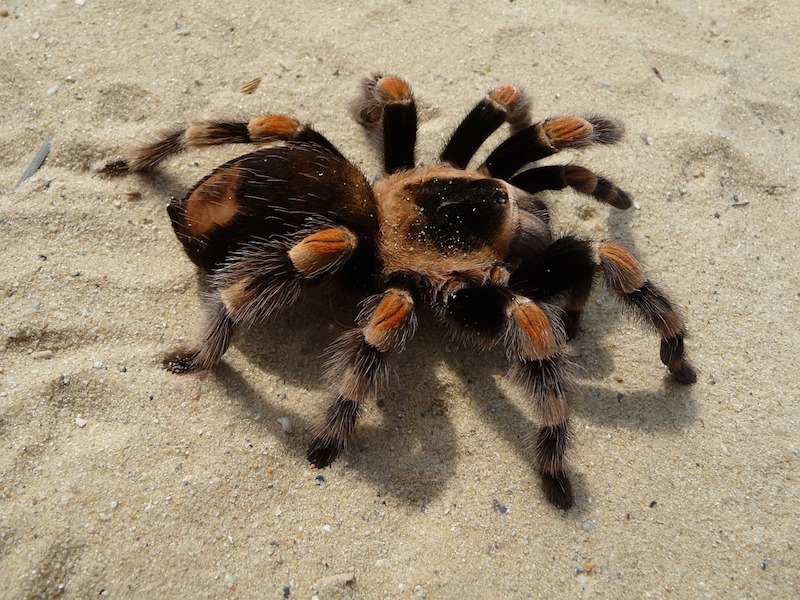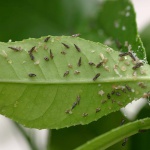If you are looking for a unique way to spend the day, think about heading outside where we are in the midst of a unique phenomenon that only happens in very few parts of the world. The warm days of October mean the start of the tarantula mating season. Although that does not seem like much, if you explore the beautiful hills that are woven throughout Antioch, you will have the opportunity to come across masses of tarantulas coming out of their dens to find a perfect mate. Learn a bit more about tarantulas and what to expect during this exciting science phenomenon.
What Makes Tarantulas Unique?

Tarantula, Spider
In many ways, tarantulas are just like any other spider. They have eight legs and eight eyes and come in many varieties. What makes them unique is they are the largest arachnid on the planet. Tarantulas in Contra Costa are typically very recognizable for their size, their very hairy exterior, and their basic coloring – that is generally variations of black and browns.
Another unique characteristic of tarantulas is they do not have webs. Tarantulas dig dens out and typically remain hidden during the day. They hunt at night and will hide in their dens until they pounce out to scare their prey. During the year, it is rare to see a tarantula out of their den during the day. However, October is special because the arachnids leave their den to find a mate.
Be Mindful of the Tarantula Myths
Tarantulas tend to have reputations that paint them as dangerous spiders. This is generally due to their intimidating size. However, most tarantulas we find in Contra Costa are not aggressive. They do have fangs (which is how they subdue their prey), however, they prefer to run away from humans than to attack them. In the rare instances of bites, the chance of a human being bitten and poisoned by tarantula venom is incredibly small. You can take heed that tarantulas are not dangerous. However, it is important to remember, they are also not friendly.
What To Do If You See A Tarantula Outside?

If you see a tarantula outside, the simple response is to do nothing. They are interesting species to observe, however, there is no reason for you to handle them or attempt to hurt them. Tarantulas do not like to be handled and will consider a human picking them up as a threat. Just as nature should be observed and enjoyed, tarantulas are part of the landscape and should be treated, respectfully, as such. Yet, because tarantulas tend to stay hidden, it is very neat to see them moving about in their natural environment during the warm months of October.
Where Can You See Tarantulas?
There are quite a few places you can visit in Contra Costa to see tarantulas and observe them in the fall. First, there are beautiful hiking paths woven throughout Contra Loma Regional Park. There is a small fee for parking, however, the park is safe, clean, and has great trail markings.
You can also visit Black Diamond Minds. Black Diamond Mines is also part of the park system in Contra Costa and very easily accessible. There is ample parking, basic facilities, great trail markings, and even different educational programs that are free!

Photo by @ross_woods1 on instagram
A Few Helpful Tips
- Do not touch the tarantulas. Just quietly observe from a respectful distance
- Be mindful of where you step. Many tarantulas blend in nicely with the landscape and may be difficult to see.
- Wear shoes that keep your feet protected. The terrain does require your feet to be covered to avoid splinters, bites and stubbed toes.
- Bring water. It is still very warm in October. It is important to stay safe and hydrated as you seek out tarantulas.
- Have fun! This unique phenomenon is unique to a few places in the world. Take advantage of our community’s natural resources and enjoy what nature has to offer!
Antioch has so many exceptional experiences to offer residents. This is one exciting option for people who enjoy the outdoors, are ready to explore, and want to learn more about our natural resources and environmental phenomenons.








